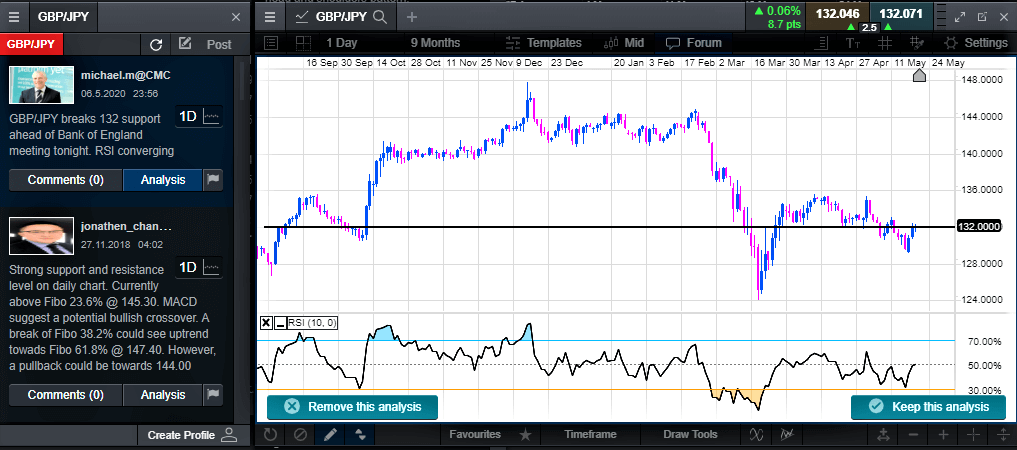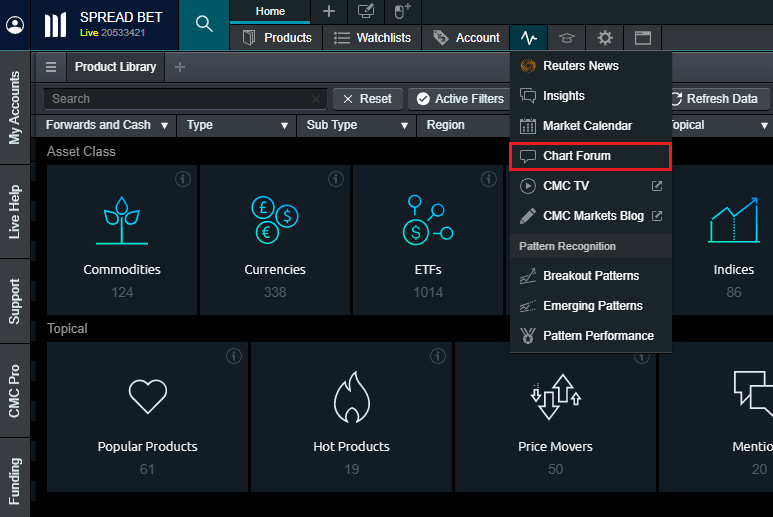Like any trading activity, there are risks involved in social trading a market. Whether when copying another investor’s strategy or using the information to create their own trading decisions, traders should understand that there are risks involved and subsequently create their own risk management strategy. All trading leaders will, at some point, lose money. Individuals should feel comfortable that the risks are in line with their individual tolerance levels.
Traders should also outline their own parameters. It is useful to find a social trading environment that fits their individual profile. For example, if they are socialising with home run hitters, they should be aware that these traders are willing to risk large sums to generate large gains. The more capital risked, the greater the reward (part of a risk/reward ratio). They should also be aware that some social trading platforms charge a fee.
When allocating capital to social trading, traders should start with determining the amount of capital they are willing to lose to generate the gains they are looking to achieve. This step is critical and should not be overlooked. They must also be realistic. For instance, a trader cannot expect to risk $50 to make $5,000. Traders should carefully look through the risk profiles associated with different social trading leaders and see if they are in line with expectations.
While one can set up an algorithmic trading mechanism, it is considered unwise to leave money unattended. As a very minimum, it is recommended that traders check their trades at least once every day. The best due diligence is to understand the logic behind the trading decisions made by a leader, and to be interactive in asking questions about the strategy one is using.



